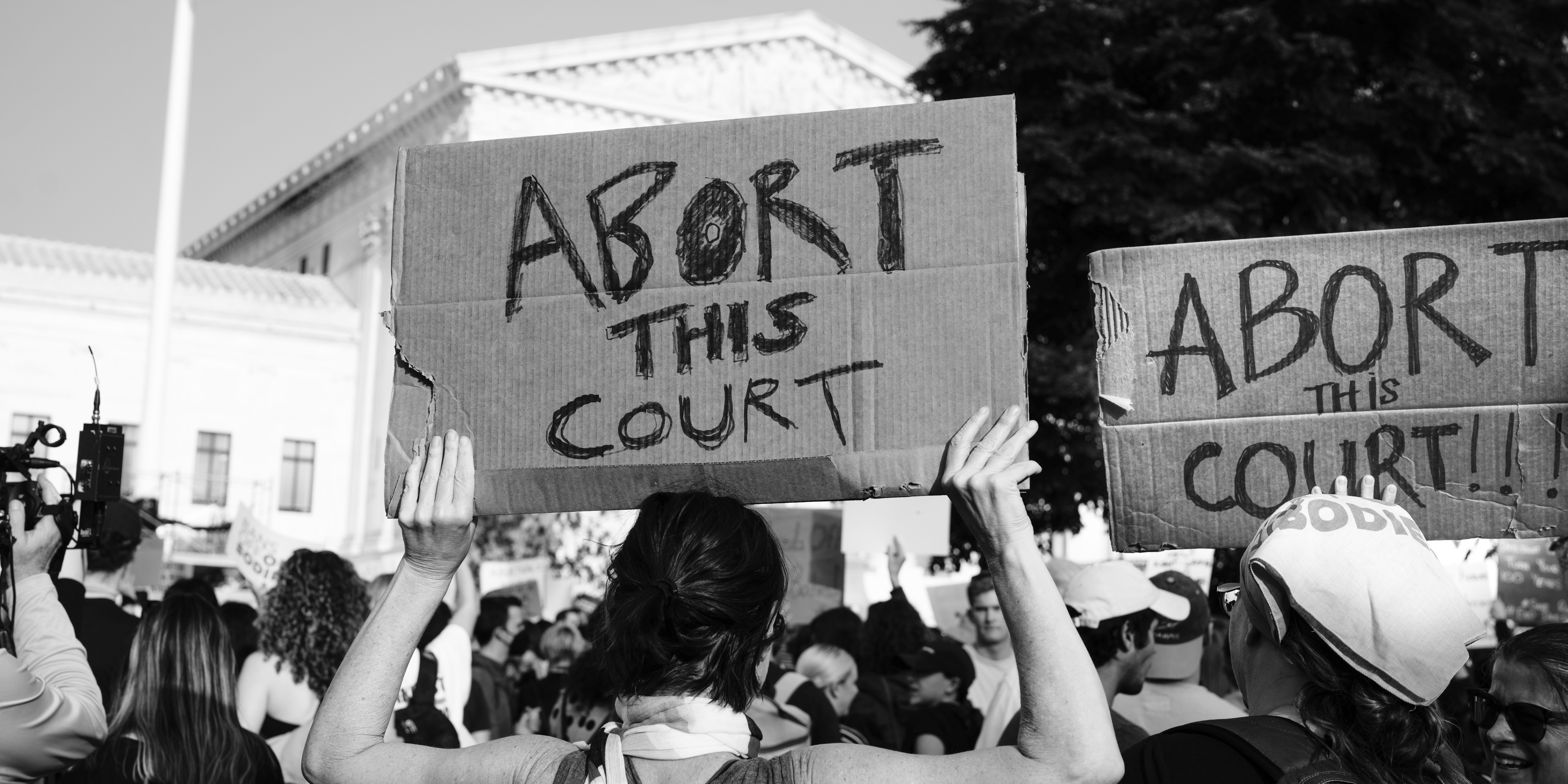A seismic shift in the law just occurred in the United States, as the Supreme Court issued its decision in Dobbs v. Jackson Women’s Health Organization, overturning almost 50 years of precedent set by Roe v. Wade, and setting the table for millions of women to be denied the right to an abortion in the country.
Different takes on constitutional interpretation
Both decisions considered whether the Constitution of the United States protects the right to have an abortion. The majority decision in Dobbs is grounded in an approach to constitutional interpretation known as originalism. At the risk of oversimplifying, originalism is the approach a judge or a politician is taking anytime you hear them say ‘what the Founding Fathers intended,’ or a claimed right is not protected because it is not specifically enumerated in the constitution.
In Dobbs, the court found that the Constitution did not specifically enumerate abortion as a protected constitutional right. The majority wrote that right to abortion was “not deeply rooted in the Nation’s history and traditions.” They concluded that there is no constitutional right to an abortion in the United States.
Modernism is another approach to constitutional interpretation, essentially contrary to originalism. With that lens, the constitution is a fluid document that changes with society. Oftentimes, proponents of originalism argue that a modernist approach is misguided and leads to judicial activism. That’s when unelected judges go beyond just interpreting and applying laws and instead render decisions that advance social, political, or moral agendas of their own.
Reframing judicial activism
But a modernist approach does not mean that the judges simply ignore the laws they have been asked to interpret and make up decisions out of whole cloth. Instead, in interpreting the law, they simply include the present circumstances and state of society, as well as progress in society, among the factors they consider.
What’s more, I argue that judicial activism is, when done right, what judges are meant to do, particularly in cases that involve protecting constitutional rights. The judicial branch is distinct from the legislative and executive branches of government and part of its role is to protect individual rights from the ‘tyranny of the majority.’ When the elected members of the legislative or executive branches seek to pass a law that infringes on a constitutional right, it is incumbent on the judicial branch to uphold that constitutional right.
While the six judges who made up the majority in Dobbs would no doubt deny it, by overturning 50 years of established legal precedent set by the Supreme Court, they have engaged in judicial activism themselves. Their preferred interpretive tool was used to consider what a group of white men from centuries ago might have thought about abortion, to justify a decision that advances their agenda about the issue.
The Living Tree
In Canada, for the most part, courts approach the Constitution as a ‘living tree’ that evolves as society grows and changes. This term first appeared in the 1929 case of Edwards v. Canada. Some may know it as the ‘Persons case’ because the consideration was whether women were legally persons who could serve as senators. In deciding that women were persons, Lord Sankey referred to the British North America Act (the BNA Act) as “a living tree capable of growth and expansion within its natural limits.”
This approach has continued to this day.
For example, in the 2004 decision on the Same Sex Marriage case, the Supreme Court of Canada determined that even if marriage was intended as a union between a man and a woman in 1867 when the BNA Act was enacted, the argument that the concept of marriage was frozen at that point in time, for constitutional purposes, was flawed. The Court wrote:
“The ‘frozen concepts’ reasoning runs contrary to one of the most fundamental principles of Canadian constitutional interpretation: that our Constitution is a living tree which, by way of progressive interpretation, accommodates and addresses the realities of modern life.”
Could it happen here?
Presumably, the approach of interpreting our Constitution as an organic part of our society, as a ‘living tree,’ would avoid a decision like Dobbs, where the court considered thirteenth century views on abortion to make a decision on women’s rights in the twenty-first century.
In 1988, the Supreme Court of Canada considered abortion rights in the case of R. v. Morgentaler. Granted, the majority decision did strike down provisions in the Criminal Code that made abortion a crime (except in certain circumstances) on the basis that the provisions violated women’s rights to security of the person.
However, it is worth noting that two judges issued a dissenting decision, in which they wrote the Charter did not specifically mention abortion, and that Canada’s “history, traditions and underlying philosophies” did not support “the proposition that a right to abortion could be implied in the Charter.”
If you think this sounds a lot like the reasoning used by the United States Supreme Court in Dobbs, I agree.
Hopefully, we don’t find ourselves someday reading a decision where conservative activist judges use similar reasoning to overturn R. v. Morgentaler, but we should not assume that the right to an abortion is permanently entrenched in Canadian law. When some politicians speak of criminalizing abortion in Canada, we need to take them seriously and keep them away from a political position where they might be able to do so.



